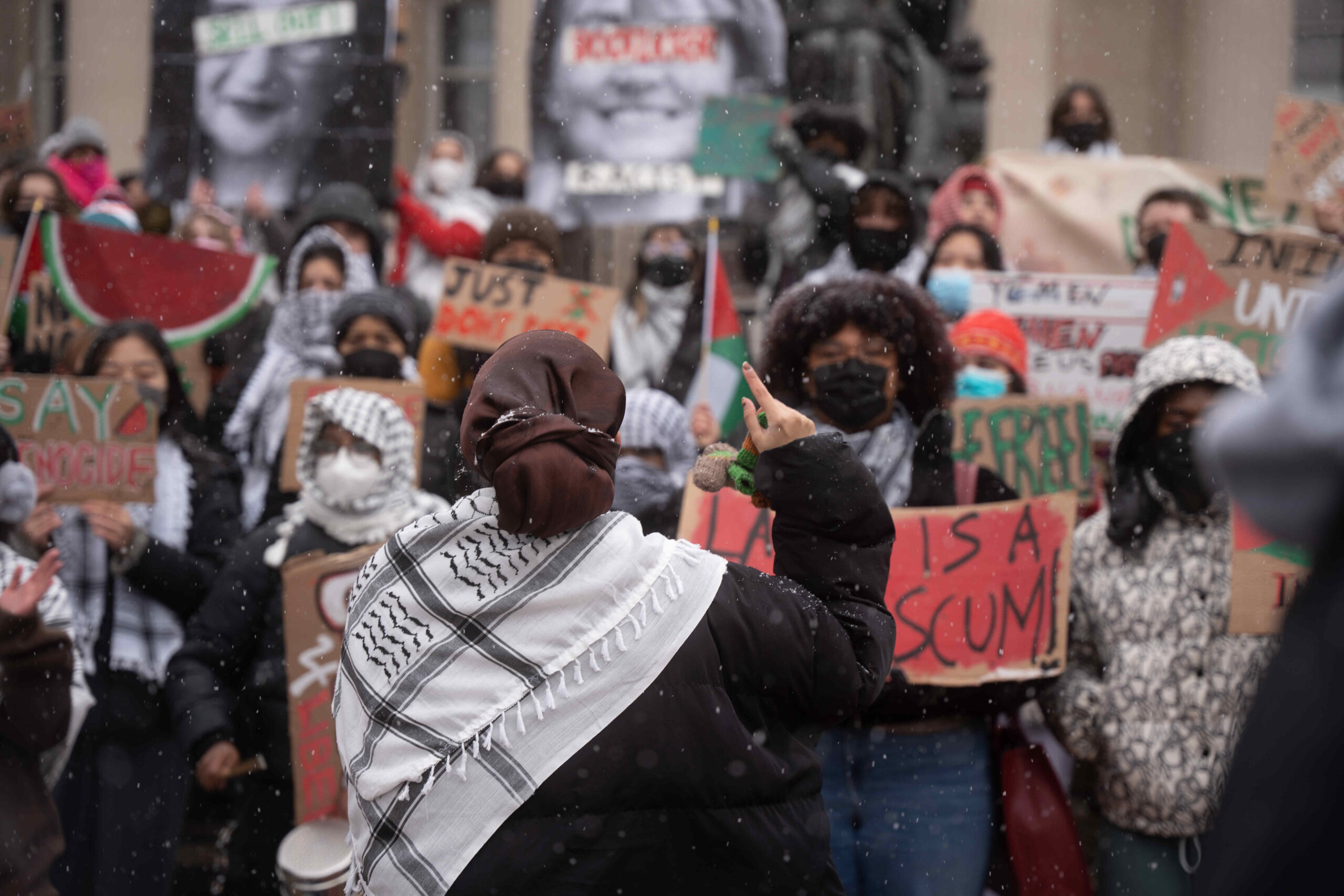How Did The Columbia University Student Protest Go Global?
Related Articles
UP Police Vacancy: यूपी पुलिस में 32,679 नई भर्तियों का ऐलान, साल के आखिरी दिन युवाओं को योगी आदित्यनाथ सरकार का बड़ा तोहफा
UP Police Bharti: साल 2025 के आखिरी दिन उत्तर प्रदेश के युवाओं के लिए योगी आदित्यनाथ सरकार ने बड़ा तोहफा दिया है। यूपी पुलिस...
Mumbai Police New Year Security Arrangements: न्यू ईयर पर मुंबई फुलप्रूफ सुरक्षा में, 17 हजार से ज्यादा पुलिसकर्मी सड़कों पर तैनात
गेटवे ऑफ इंडिया से मरीन ड्राइव तक कड़ा पहरा
नए साल के जश्न को सुरक्षित और शांतिपूर्ण बनाने के लिए Mumbai Police ने शहर भर...
India keeps watch as Bangladesh expands precision-guided weapons arsenal
India is closely monitoring developments as Bangladesh’s military establishment has initiated a renewed push to expand its weapons inventory and enhance strategic capabilities, with...


